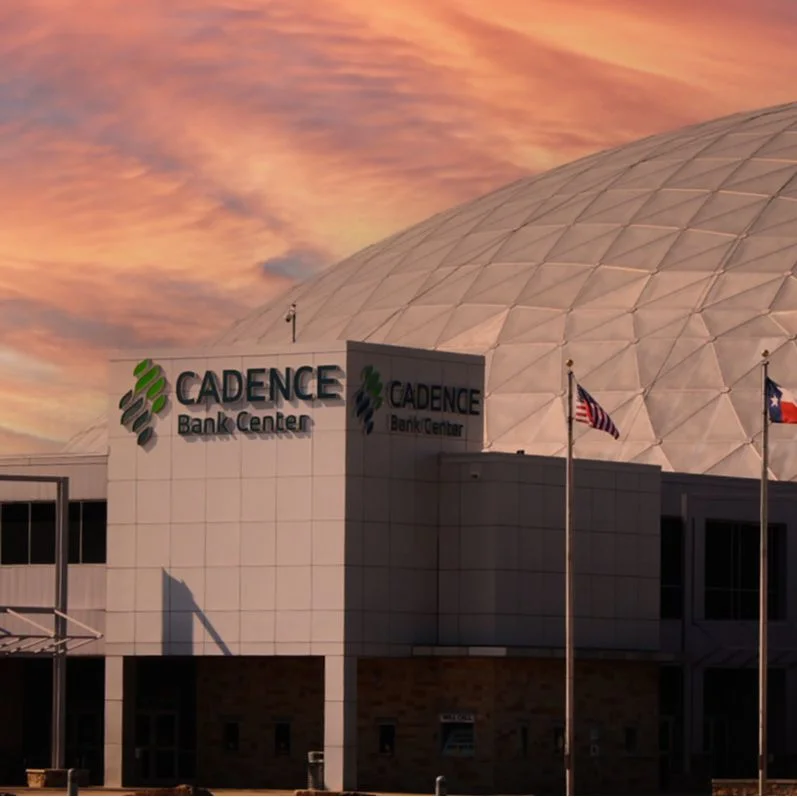On the surface, the news that dropped on Monday was just another headline in the grand, often impersonal, chess game of corporate finance. Huntington Bancshares Incorporated to Acquire Cadence Bank. The price tag is $7.4 billion, all in stock. It’s a move that creates a new top-ten U.S. banking behemoth with over a quarter-trillion dollars in assets. We’ve seen this story before, right? A bigger fish eats a slightly smaller fish, promises “synergies,” and the world keeps spinning.
But I think something far more profound is happening here.
When I first read the details, I almost glossed over them. But one line in the announcement stopped me cold. Huntington intends to maintain all of Cadence's more than 390 branches. No closures planned. When I saw that, I honestly just sat back in my chair, speechless. In an age where the default M&A playbook is written in the cold, hard ink of redundancy and cost-cutting, this is a radical departure. This isn't just a financial transaction; it’s an experiment in a new kind of organizational architecture. It’s a bet that the most valuable asset you can acquire isn't a loan portfolio or a balance sheet—it's a pre-existing, fully-functional human network.
What if this merger isn't about consolidation, but about connection? What if Huntington has realized that in the 21st century, the ultimate competitive advantage isn't scale, but the quality of the nodes within your network?
The Architecture of Trust
Let’s be honest. The typical corporate merger is like a brutalist architect redesigning a city park. They look at the map, identify overlapping paths and redundant benches, and bulldoze them to create a more “efficient” concrete plaza. Branches are closed, people are laid off, and the unique character of local communities is erased in the name of shareholder value. It’s a destructive algorithm that treats human relationships as liabilities on a spreadsheet.
Huntington is proposing something different. Instead of bulldozing the park, they’re acting like a master gardener. They’re taking the vibrant, 150-year-old ecosystem of Cadence Bank and carefully grafting it onto their larger organism. This isn't about demolition; it's about integration. Keeping every branch open is a declaration that they value the roots Cadence has spent decades putting down in communities across Texas and the Southeast. They understand that a local bank branch isn't just a building; it's a nexus of trust, a place where handshakes still mean something, and where the manager knows the names of her customers' kids.
This is a paradigm shift. Think of it like this: Cadence has built 390 individual, high-trust micro-networks. Huntington could have tried to absorb the customers and discard the infrastructure, but they’ve chosen to preserve the entire network topology. They are acquiring not just customers, but the relationships between those customers and the institution. Why is this so brilliant? Because in a world of digital anonymity and faceless corporations, that kind of localized, human-to-human trust is the scarcest and most valuable resource of all.

The question this forces us to ask is revolutionary: Is it possible that the most efficient path to growth isn't to cut, but to connect? Could this be a model for how to build a 21st-century institution that is both massive in scale and deeply human in its execution?
Scaling a Human-Centric System
The numbers are, of course, staggering. The combined entity will have a footprint in 21 states, with dominant market share in places like Mississippi and major new footholds in the booming economies of Dallas, Houston, and Atlanta. This is a massive expansion of the system’s reach, a huge increase in its total number of nodes—in simpler terms, it means they're adding more connection points for more people in more places, which is the foundation of any powerful network.
But here’s the critical part. As any systems engineer will tell you, scaling is hard. As networks grow, they tend to become more centralized, more impersonal, and more fragile. Huntington’s challenge is to avoid that fate. Their strategy seems to be to scale their sophisticated products and digital "playbook" while simultaneously preserving the decentralized, high-touch interface that Cadence’s branches provide. It’s a hybrid model, an attempt to get the best of both worlds.
The potential here is just breathtaking—it’s like plugging a powerful, tested software suite into a brand new, high-performance hardware ecosystem that’s already wired into the most dynamic communities in the country, the potential for exponential growth is just staggering. They’re not just buying market share; they’re buying access to the future of American economic growth and a trusted delivery mechanism to service it.
Of course, with this scale comes immense responsibility. Becoming a top-ten bank isn’t just a vanity metric; it’s a public trust. The initial signals are incredibly promising, but the real test will be whether this human-centric ethos remains at the core of their DNA as they integrate and grow. Can they prove that you don't have to sacrifice your soul to build an empire?
This move is bigger than banking. It’s a lesson for tech, for healthcare, for any industry struggling to balance the demand for massive scale with the fundamental human need for connection and trust. It reminds me of the early days of the internet, when we dreamed of a global network that would empower individuals and connect communities. This merger, in its own way, feels like a corporate echo of that original, hopeful vision.
More Than a Merger, It's a Blueprint
Forget the stock prices and the earnings-per-share accretion for a moment. What we're witnessing is a quiet revolution in corporate strategy. Huntington is making a $7.4 billion bet that people matter more than property, that relationships are more valuable than real estate, and that the future belongs to organizations that can scale trust. This is a blueprint for building institutions that are not only bigger, but better. It’s a powerful, optimistic, and deeply human vision for the future, and frankly, it’s the kind of thinking that gives me hope.









